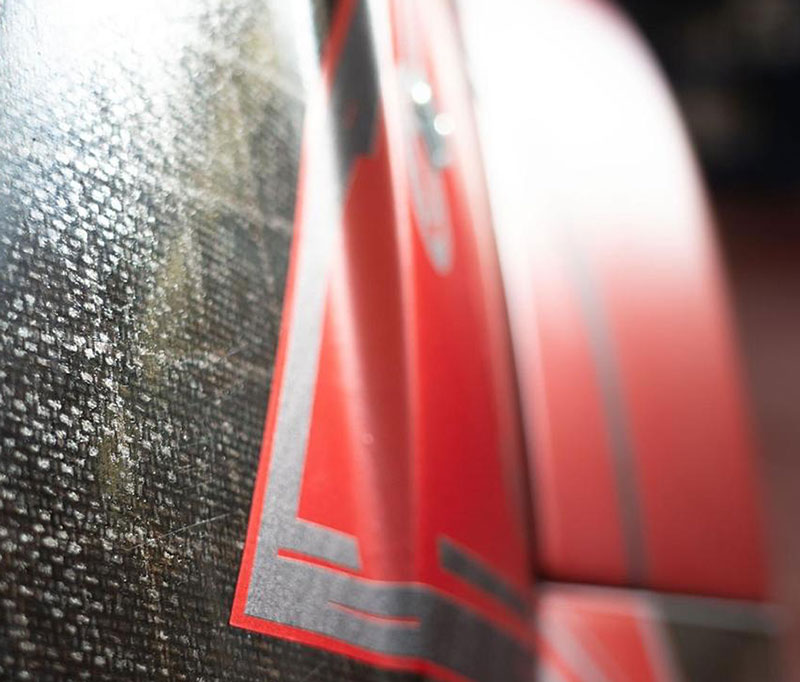
The future that comes from fibres: composite materials in linen and hemp.
Constructing parts of car bodies from hemp, replacing plastic food packaging with linen packaging. The future with Linificio e Canapificio Nazionale has become reality with its composite materials in linen and hemp fibre, the only sustainable and ethical alternatives because they are organic, biodegradable and eco-compatible.













